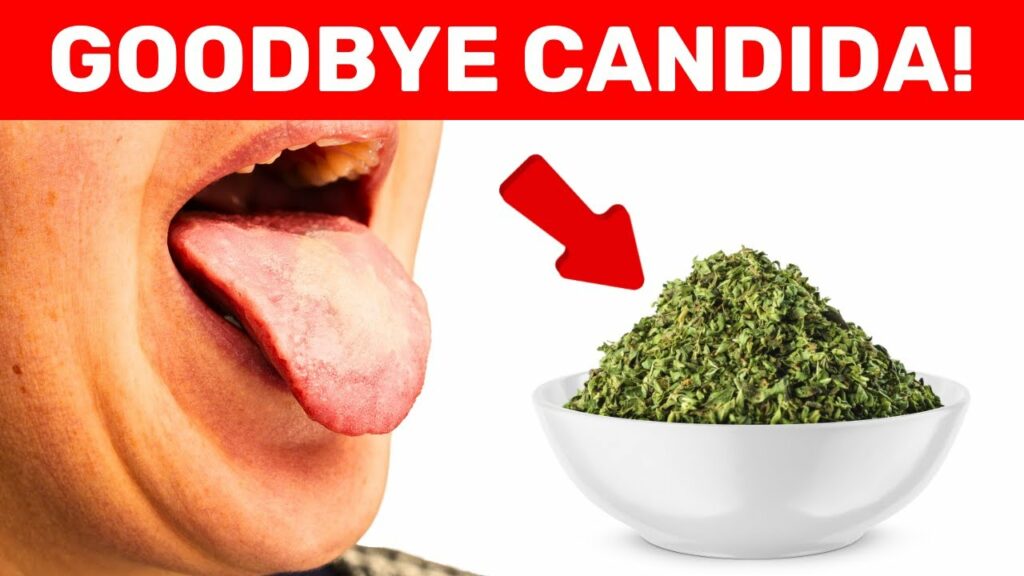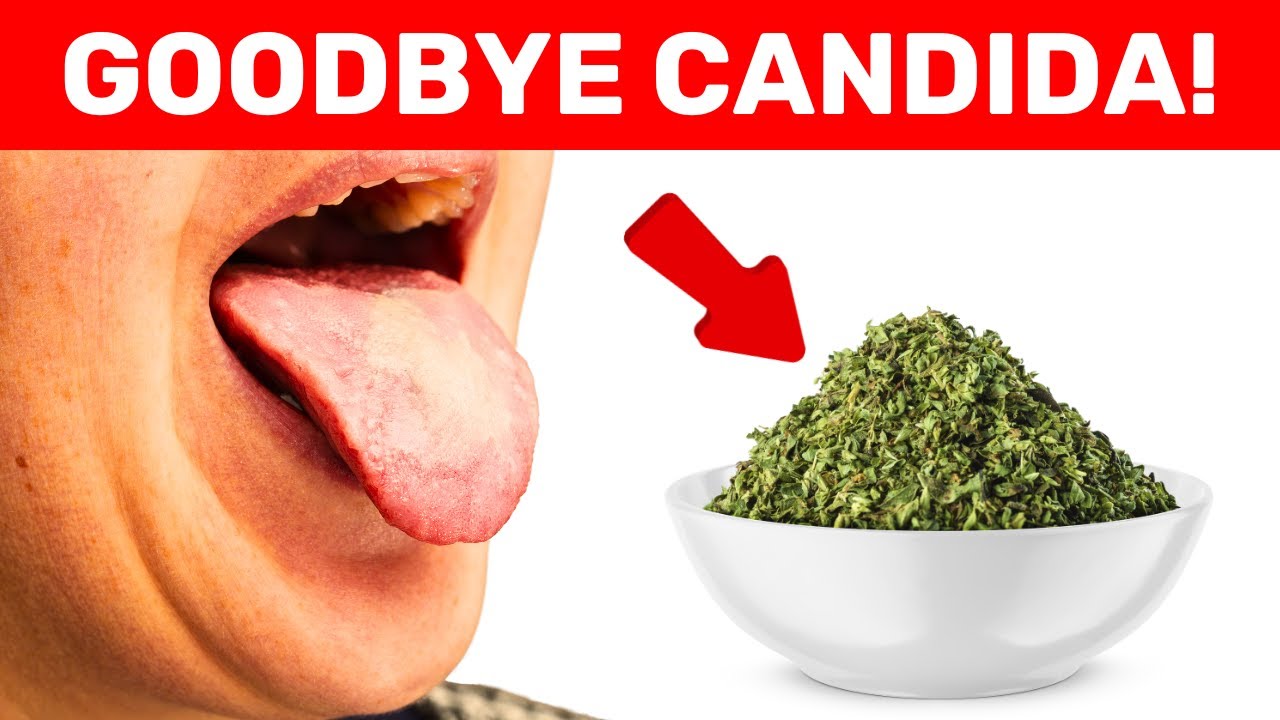
Candida overgrowth, a common yeast infection, can be challenging to manage. While there’s no “one-size-fits-all” cure due to the complexity of the condition, a well-planned diet can play a crucial role in managing and potentially overcoming Candida overgrowth. Here’s a guide to creating a diet that may help control Candida levels and restore a healthy balance of gut flora:
1. Focus on Non-Starchy Vegetables
-
Why They Help: These vegetables are low in sugar, which can help deprive Candida of the sugars it thrives on.
-
Examples: Spinach, kale, asparagus, broccoli, Brussels sprouts, celery, cucumber, eggplant, onion, and tomatoes.
2. Incorporate High-Quality Protein Sources
-
Benefits: Protein helps stabilize blood sugar and promotes satiety without feeding Candida.
-
Options: Choose lean cuts of organic or pasture-raised chicken, turkey, beef, and eggs. Fish, especially those high in omega-3 fatty acids like salmon and sardines, are also excellent.
3. Select Healthy Fats
-
Importance: Fats are crucial for hormone balance and can help reduce inflammation.
-
Healthy Choices: Avocado, olive oil, flaxseed oil, and coconut oil. Coconut oil contains caprylic acid, which has been shown to help fight Candida.
4. Include Fermented Foods
-
Role in Diet: They help restore the gut’s healthy bacteria, which can keep Candida in check.
-
Examples: Kefir, sauerkraut, kimchi, and yogurt (unsweetened and preferably from goats or sheep).
5. Choose Low-Glycemic Fruits in Moderation
-
Why Moderation: While fruits are healthy, their high sugar content can feed Candida.
-
What to Eat: Berries, green apples, and citrus fruits are among the better choices due to their lower sugar content.
6. Avoid Simple Sugars and Refined Carbohydrates
-
Reason: These foods can exacerbate Candida by providing the yeast with its preferred fuel source.
-
Avoid: Sugary snacks, desserts, white bread, pasta, and most processed foods.
7. Limit Dairy Products
-
Consideration: Some dairy products, especially those high in lactose, can promote Candida growth.
-
Options: Opt for low-lactose or lactose-free varieties and consider plant-based alternatives like almond or coconut milk.
8. Herbs and Spices
-
Benefits: Many have natural antifungal and anti-inflammatory properties.
-
Recommended: Garlic, turmeric, cinnamon, and cloves can be beneficial in a Candida diet.
9. Stay Hydrated
-
Importance: Adequate hydration can help flush toxins from your body, aiding in the fight against Candida.
10. Consider Supplements
-
Advisable: Consult with a healthcare provider about supplements that can support this dietary approach, such as probiotics, caprylic acid, and oregano oil.
Monitoring and Adjustments
-
Listen to Your Body: Everyone’s response to a Candida diet can vary. Monitor how your body responds and adjust your diet accordingly.
-
Medical Guidance: Regular consultations with a healthcare provider, especially one experienced in treating Candida, are crucial to tailor the diet to your specific needs.
While diet alone may not cure Candida overgrowth for everyone, it’s a vital component of an integrated approach to managing this condition. Combining dietary changes with medical treatment and lifestyle adjustments can offer the best chance to keep Candida under control.




